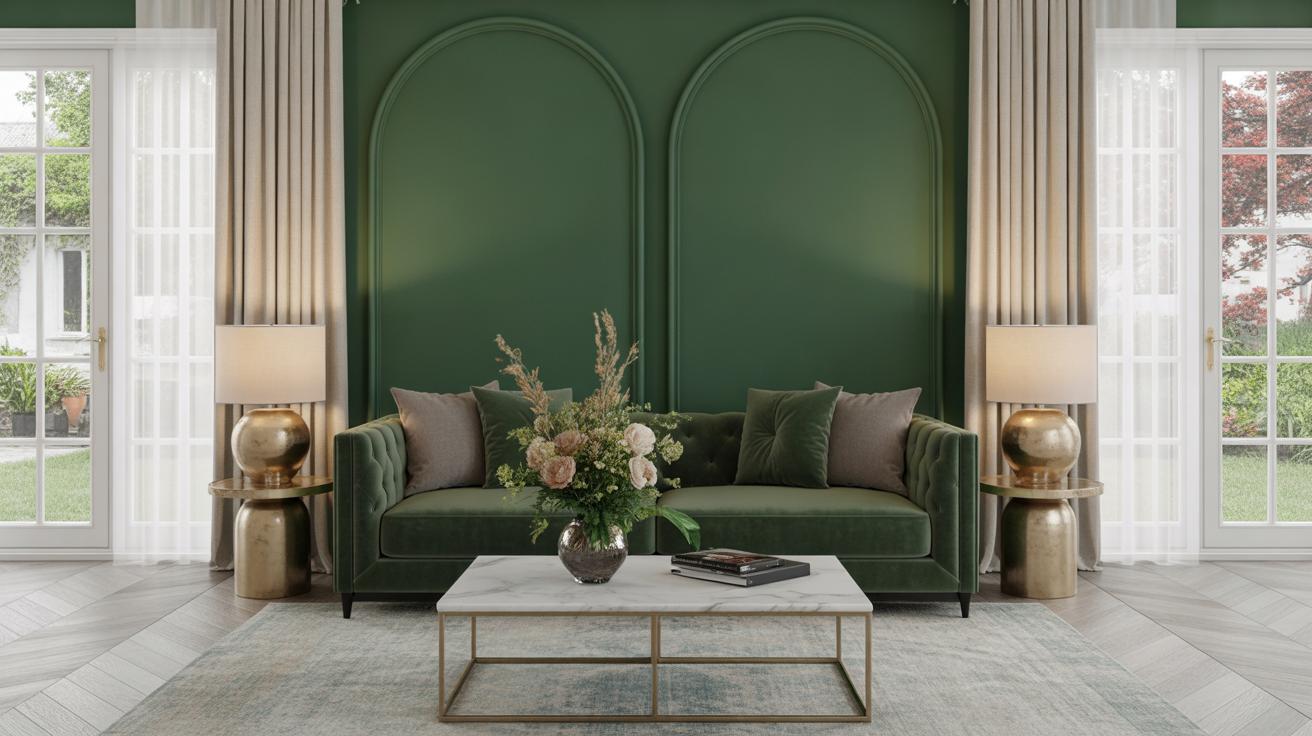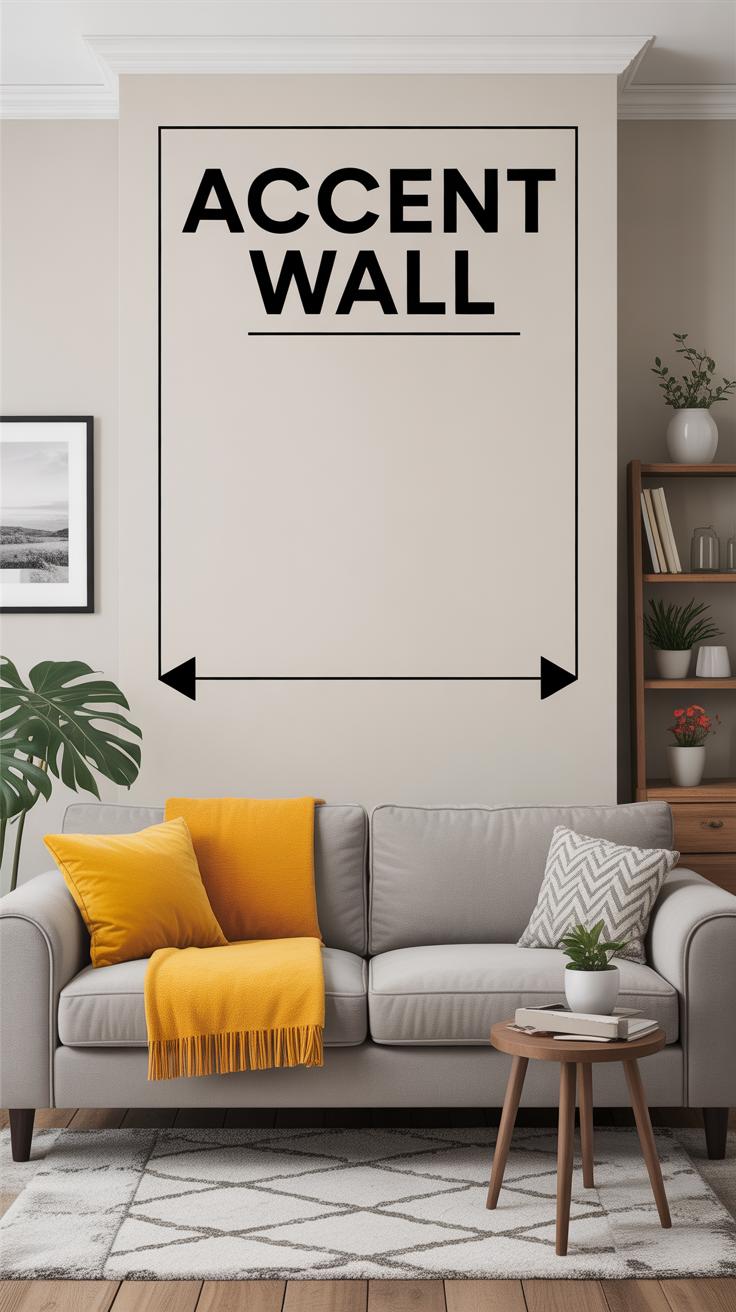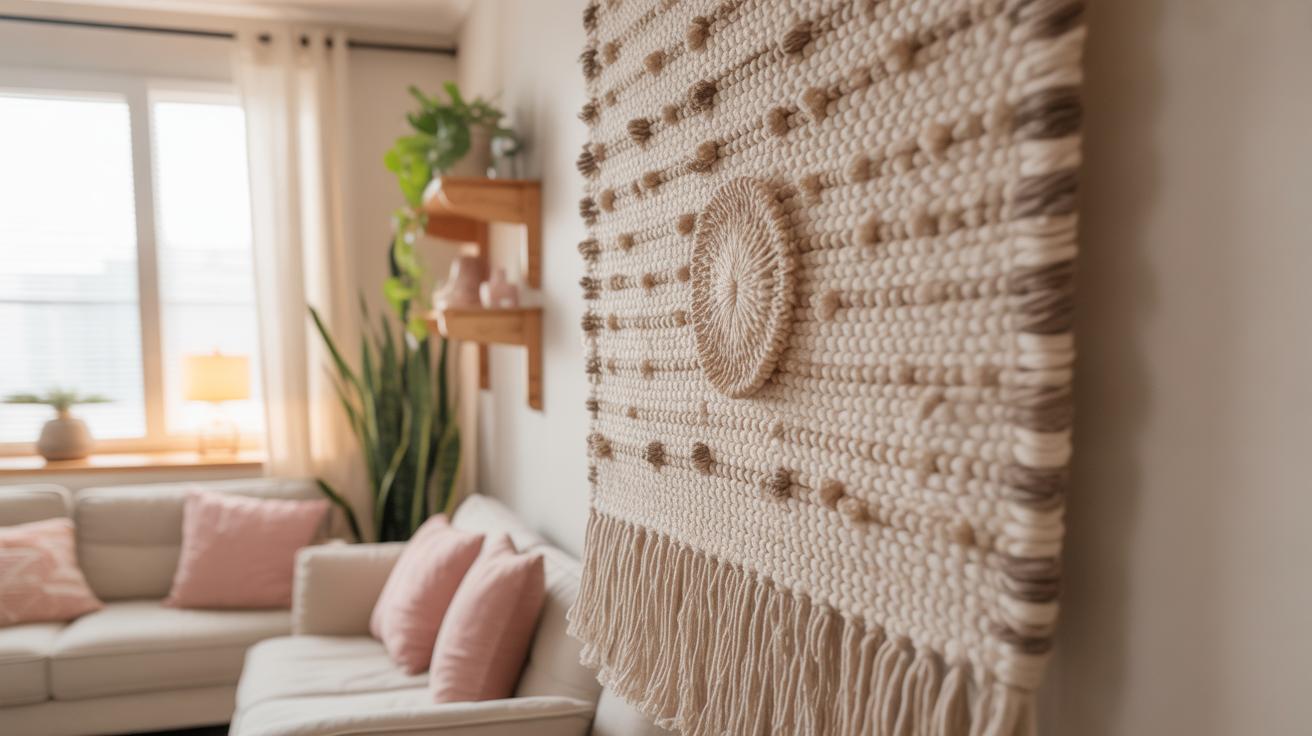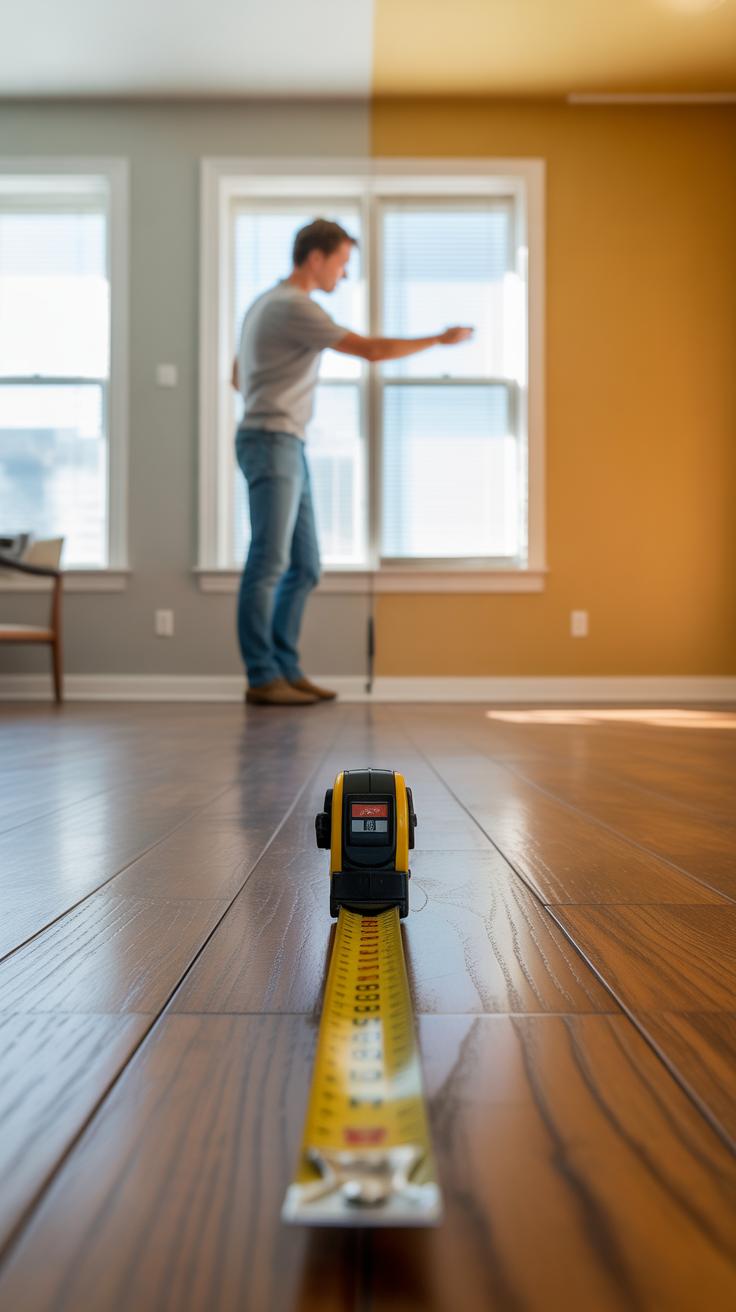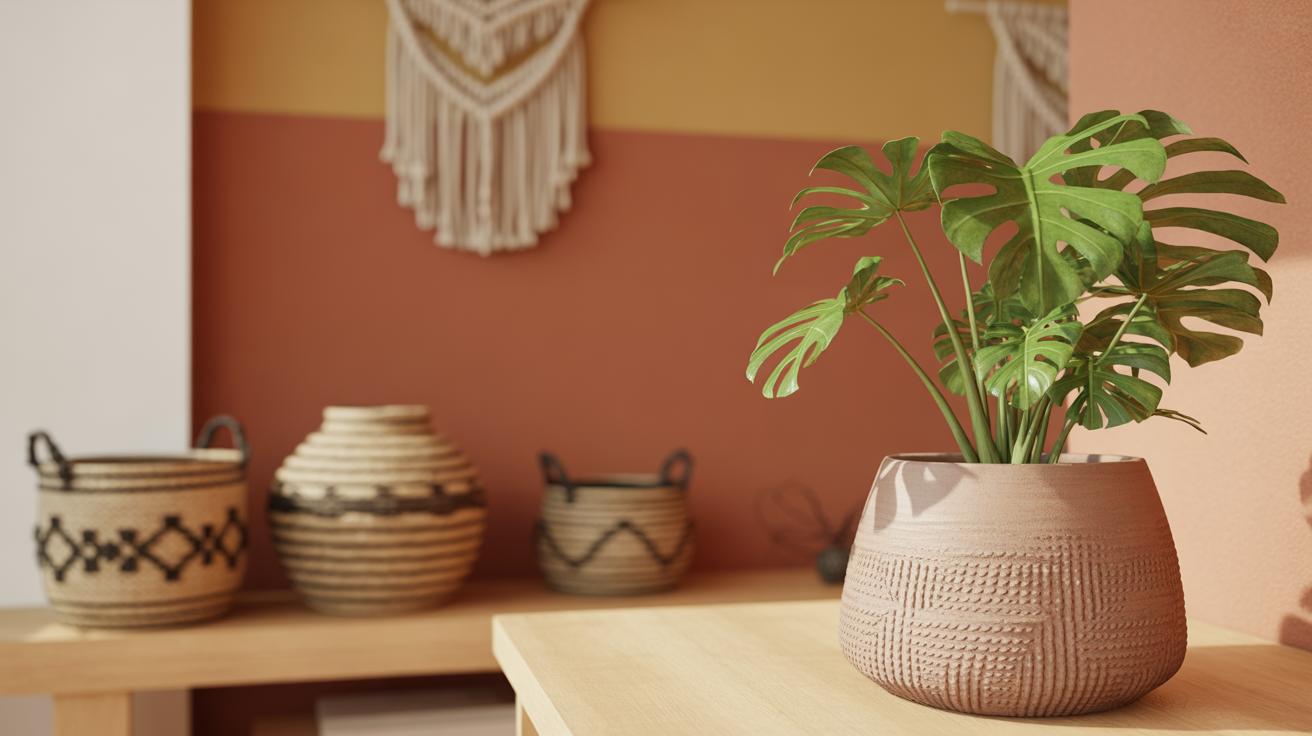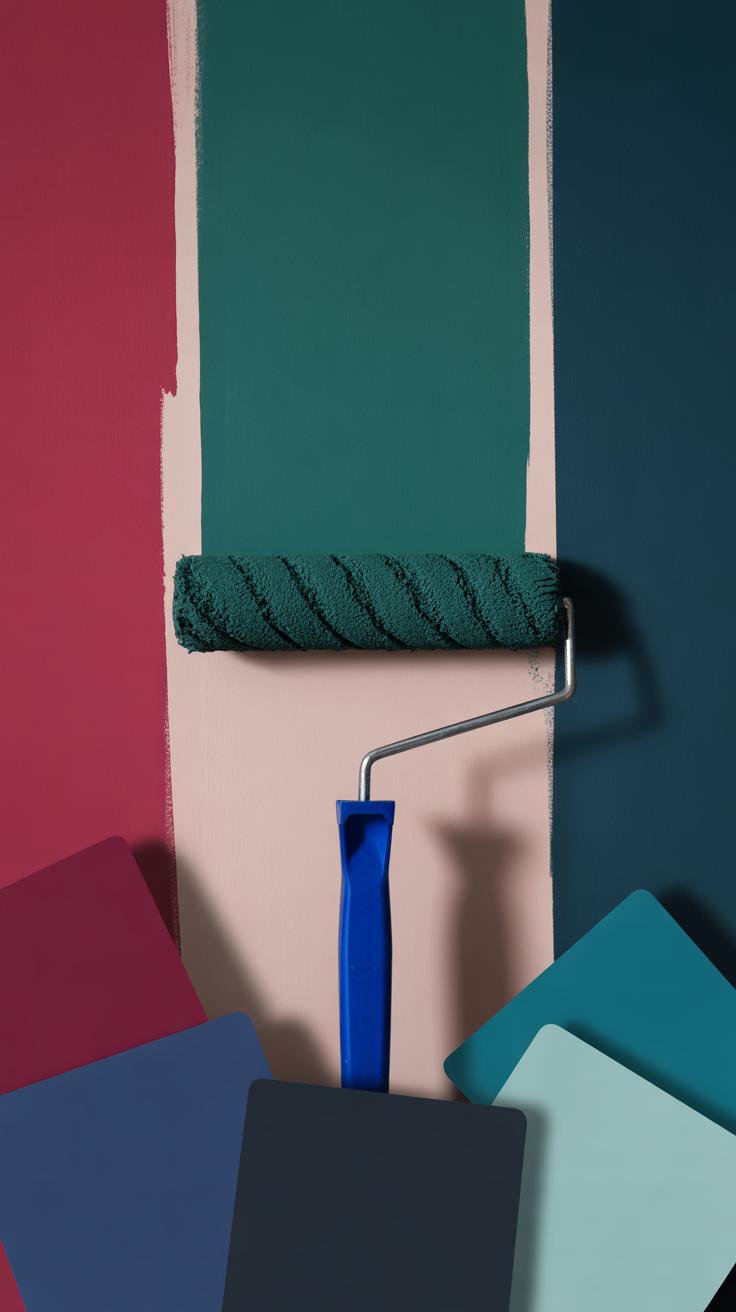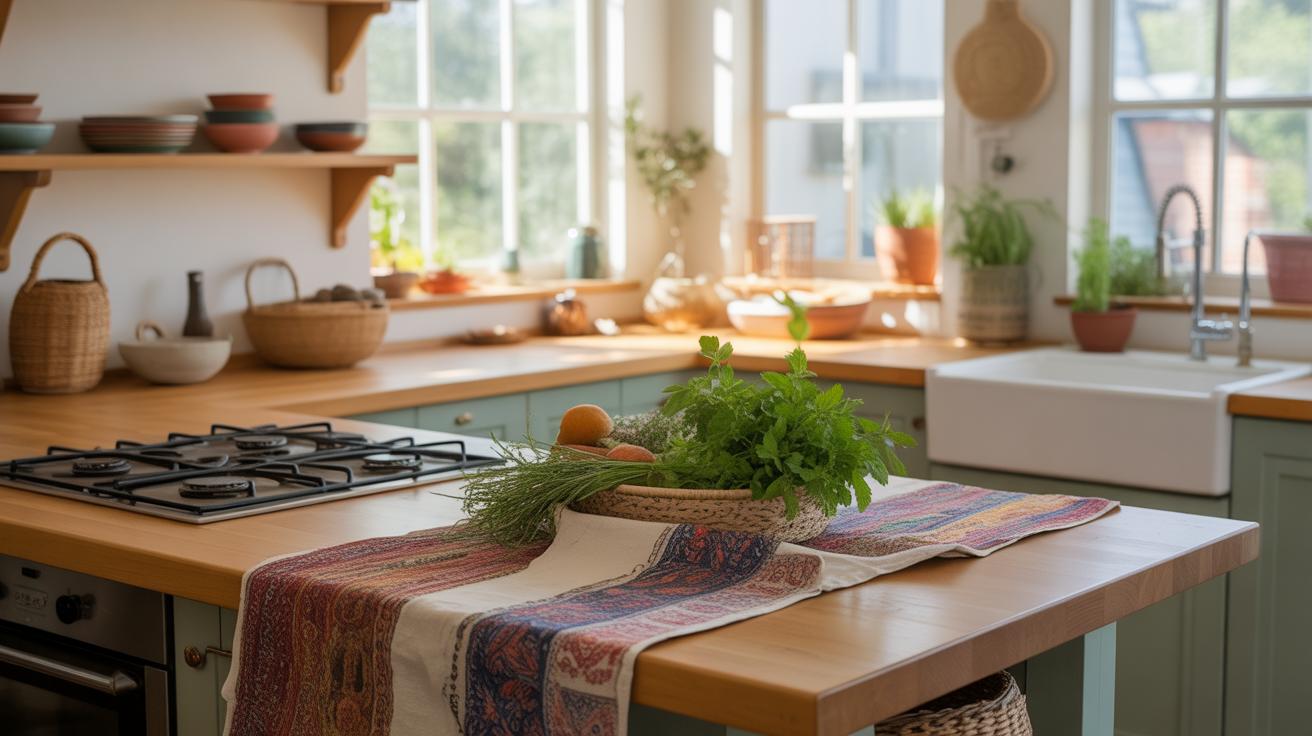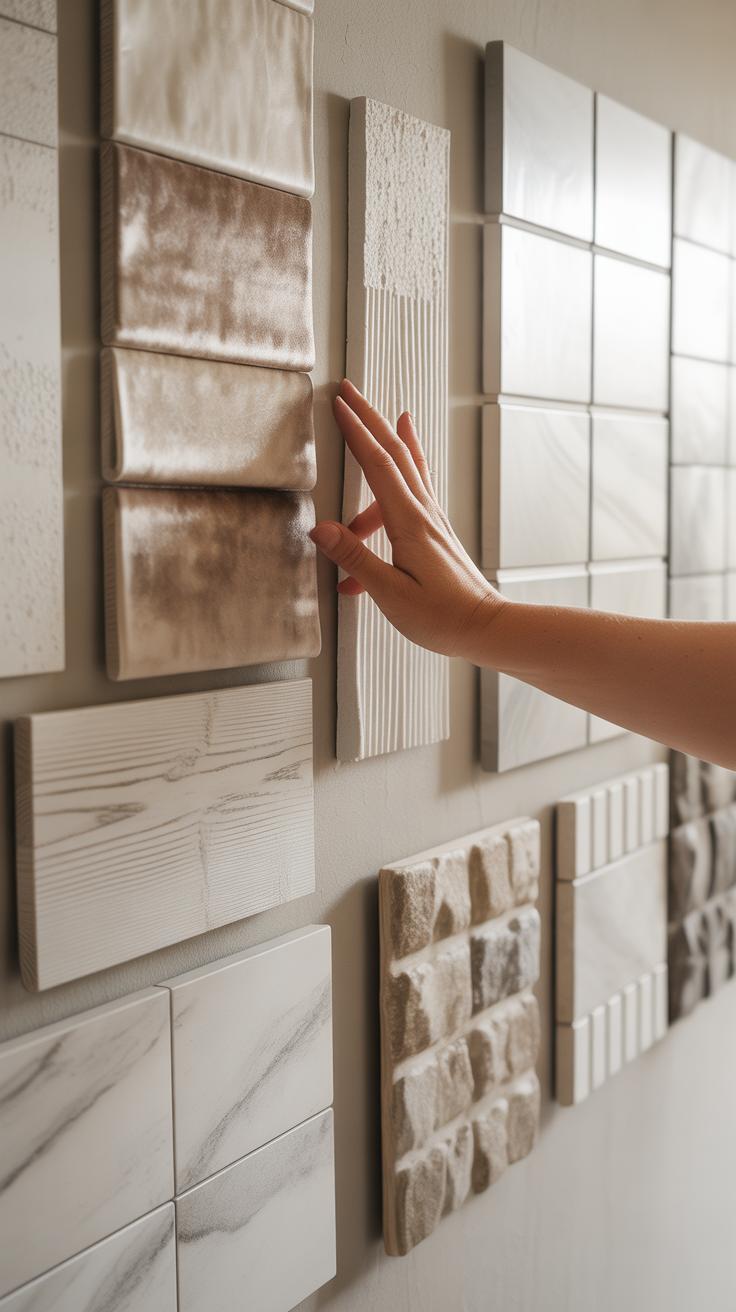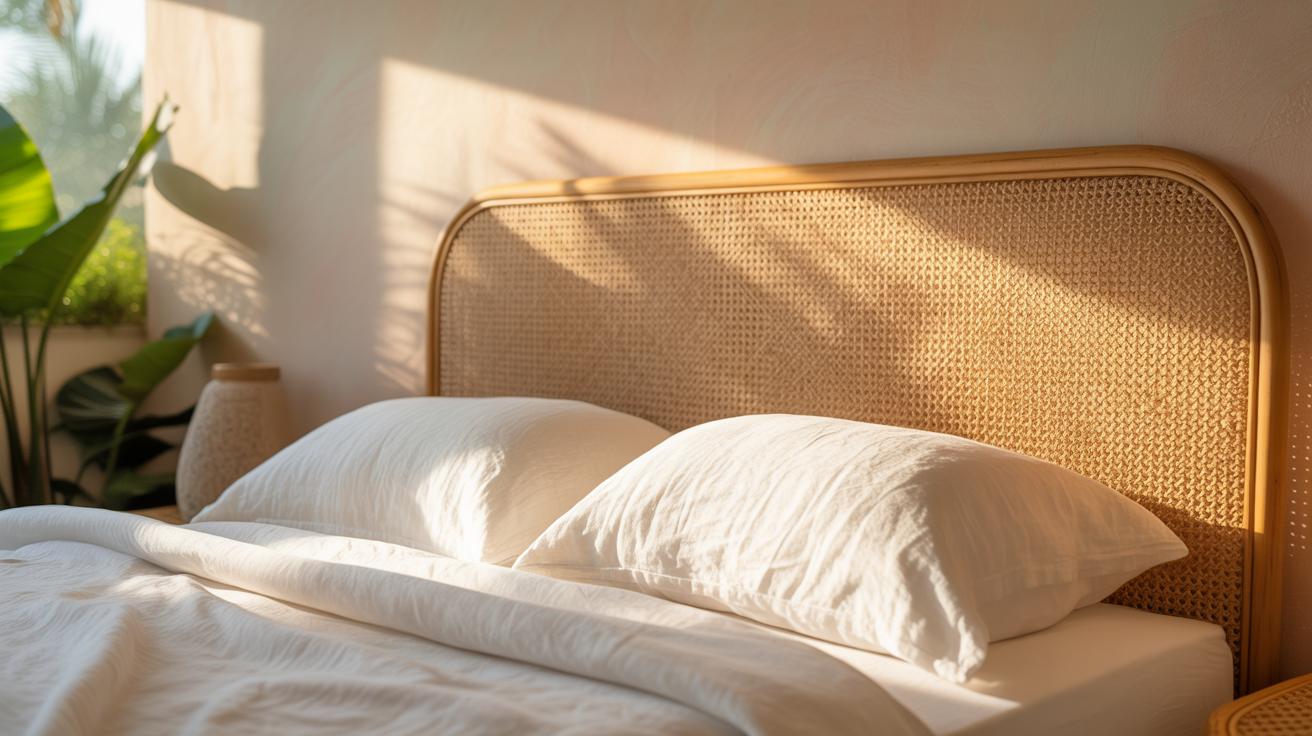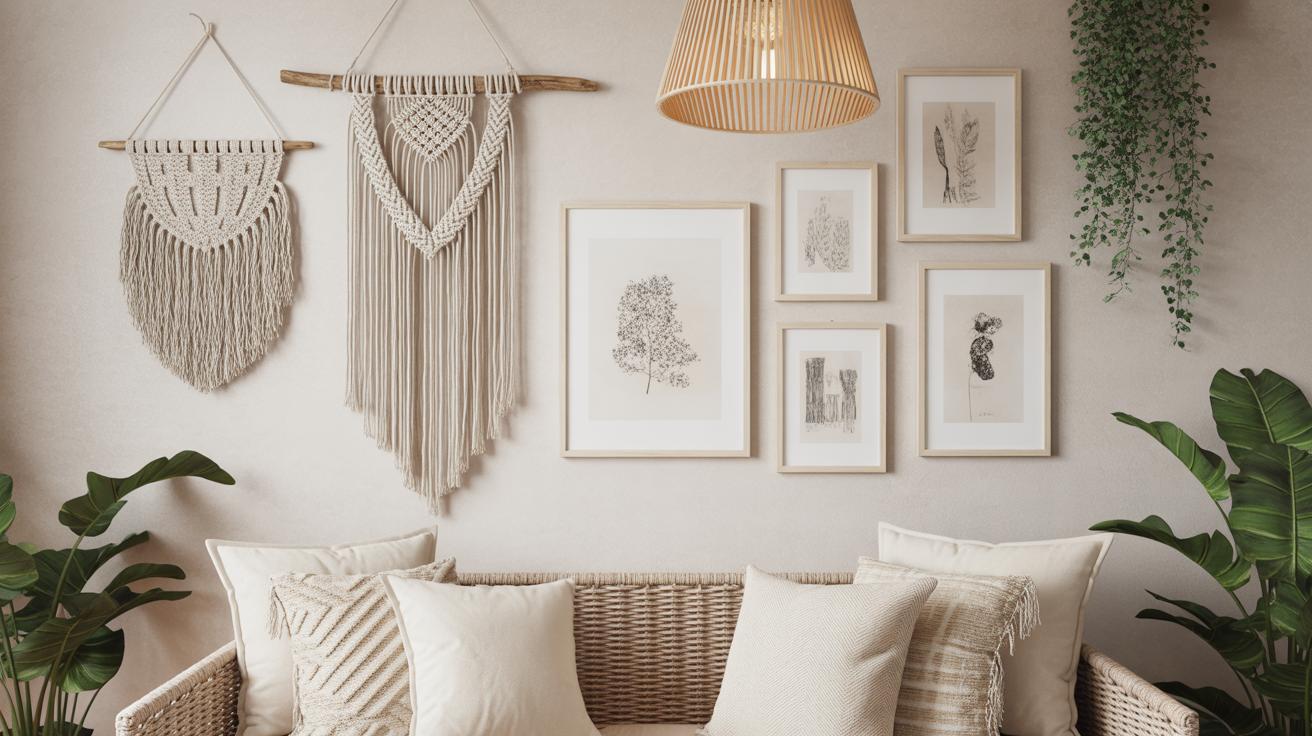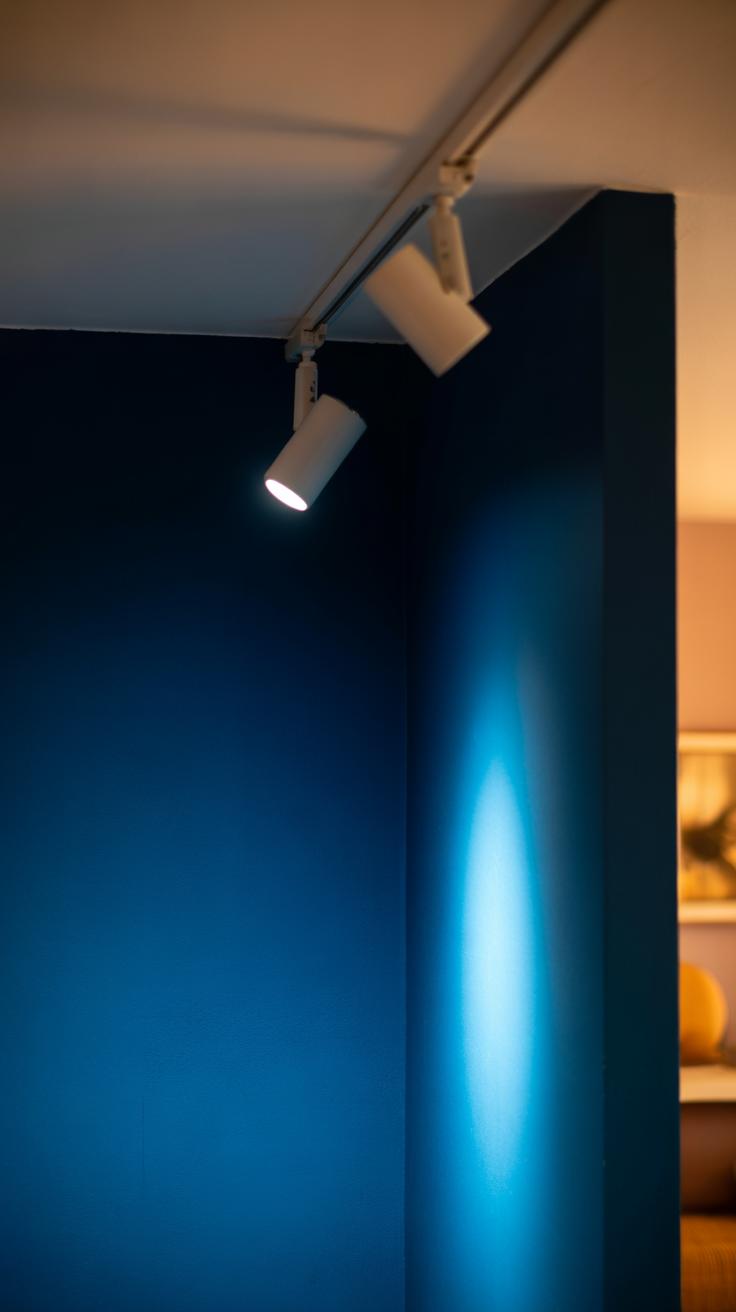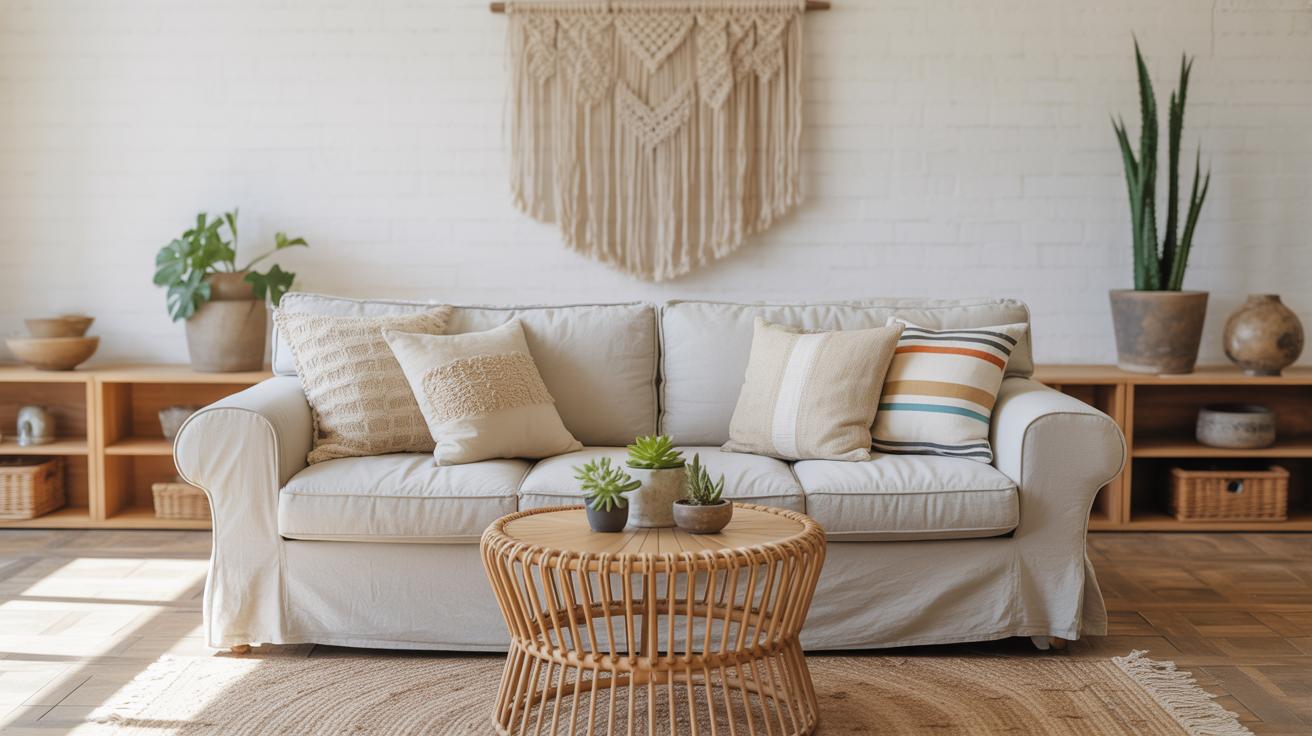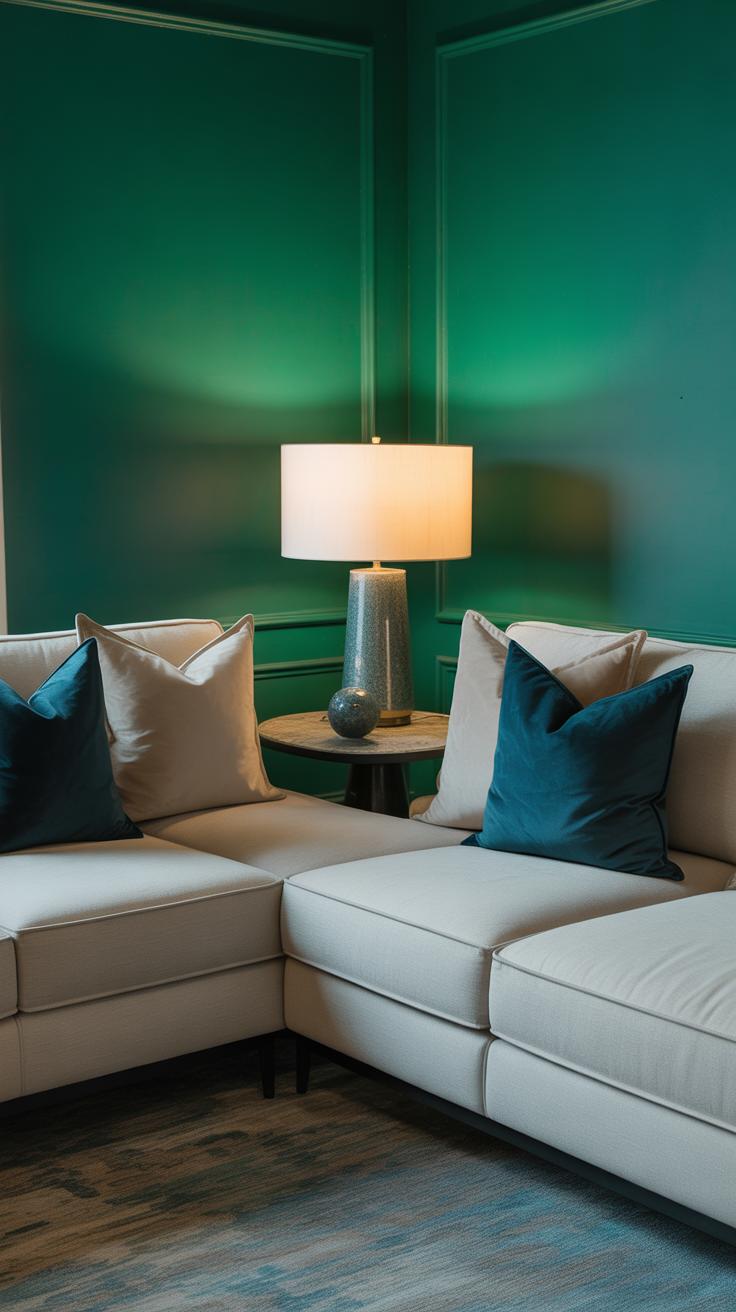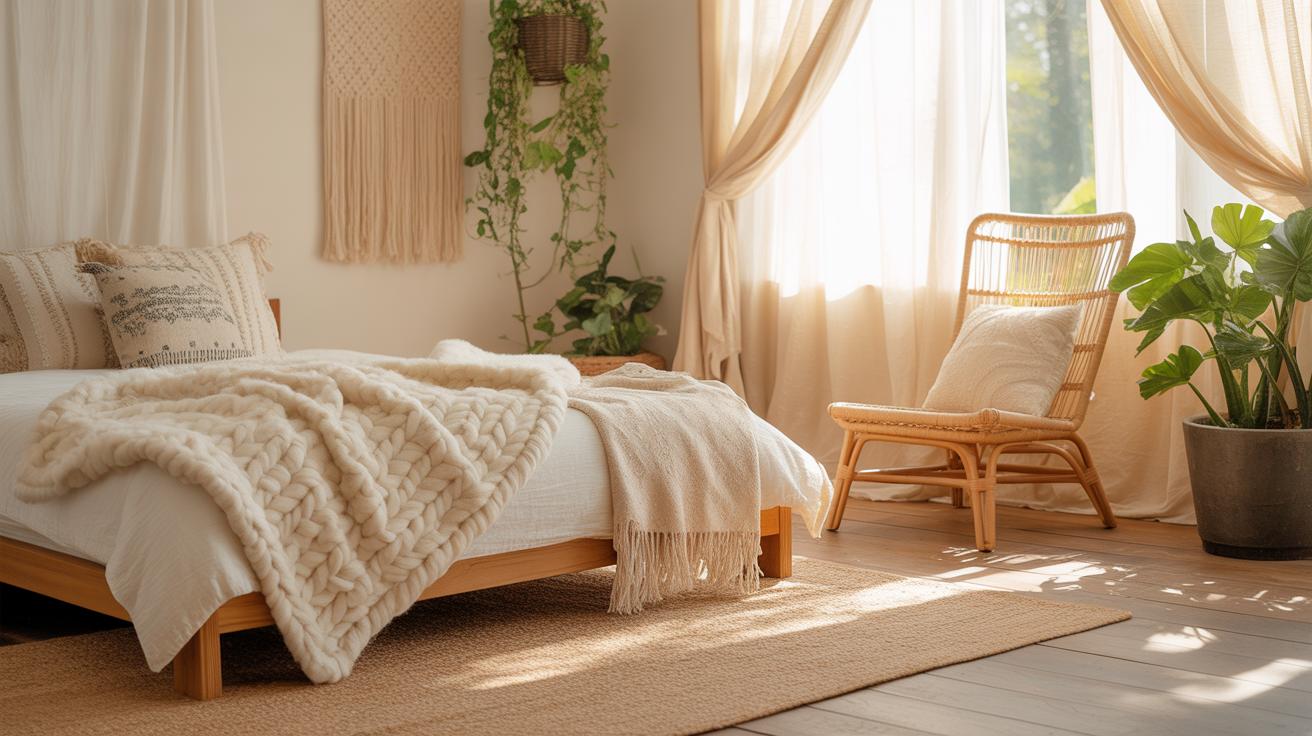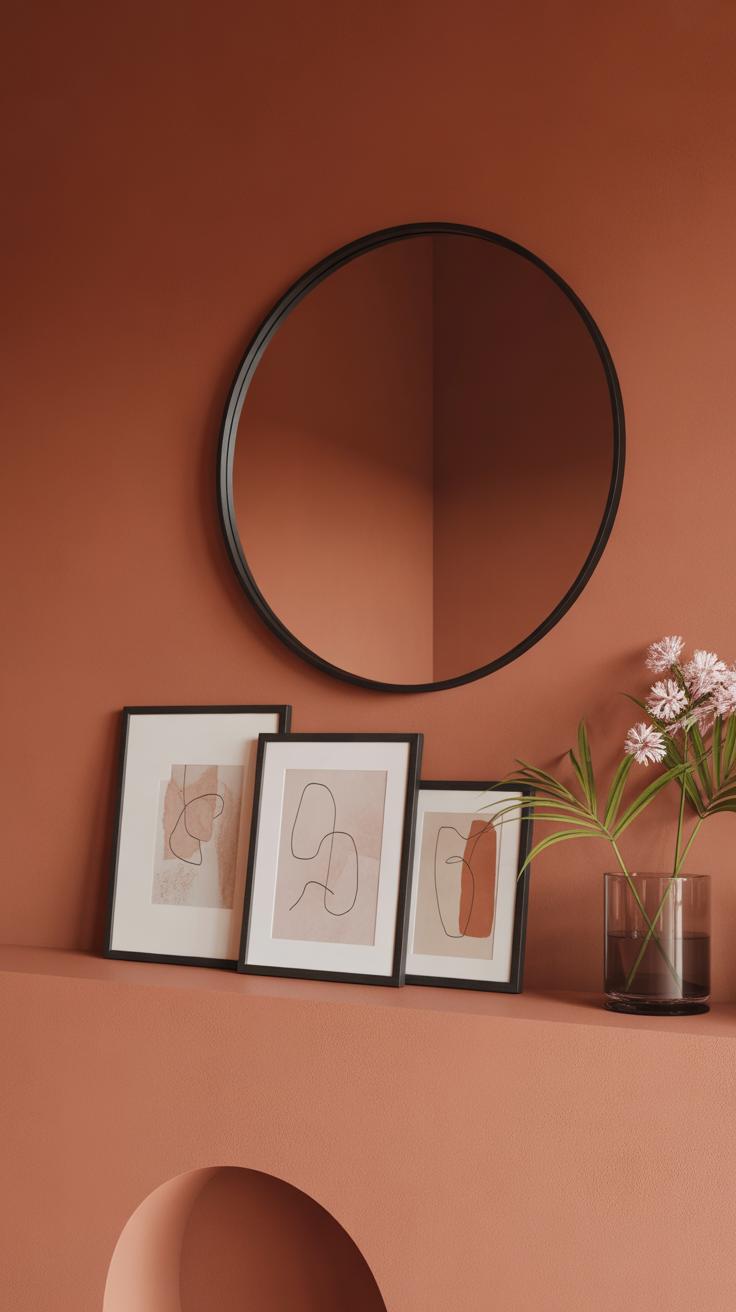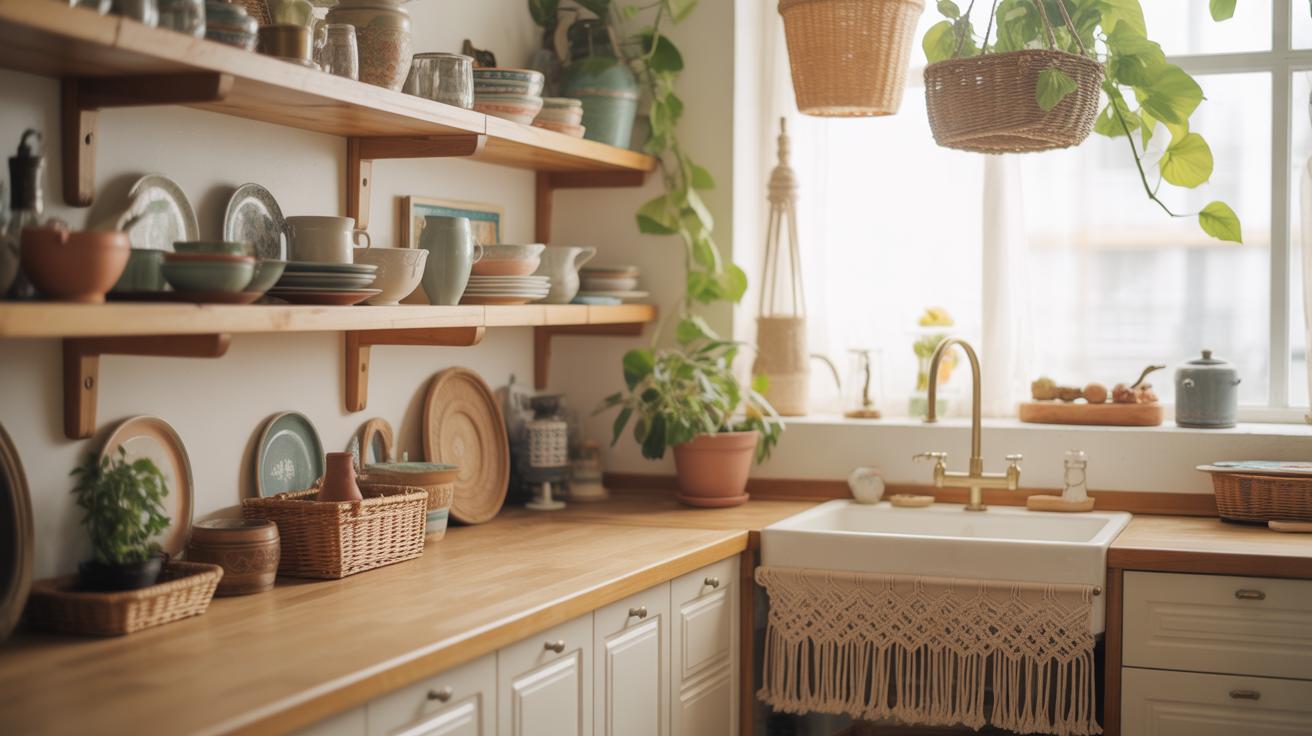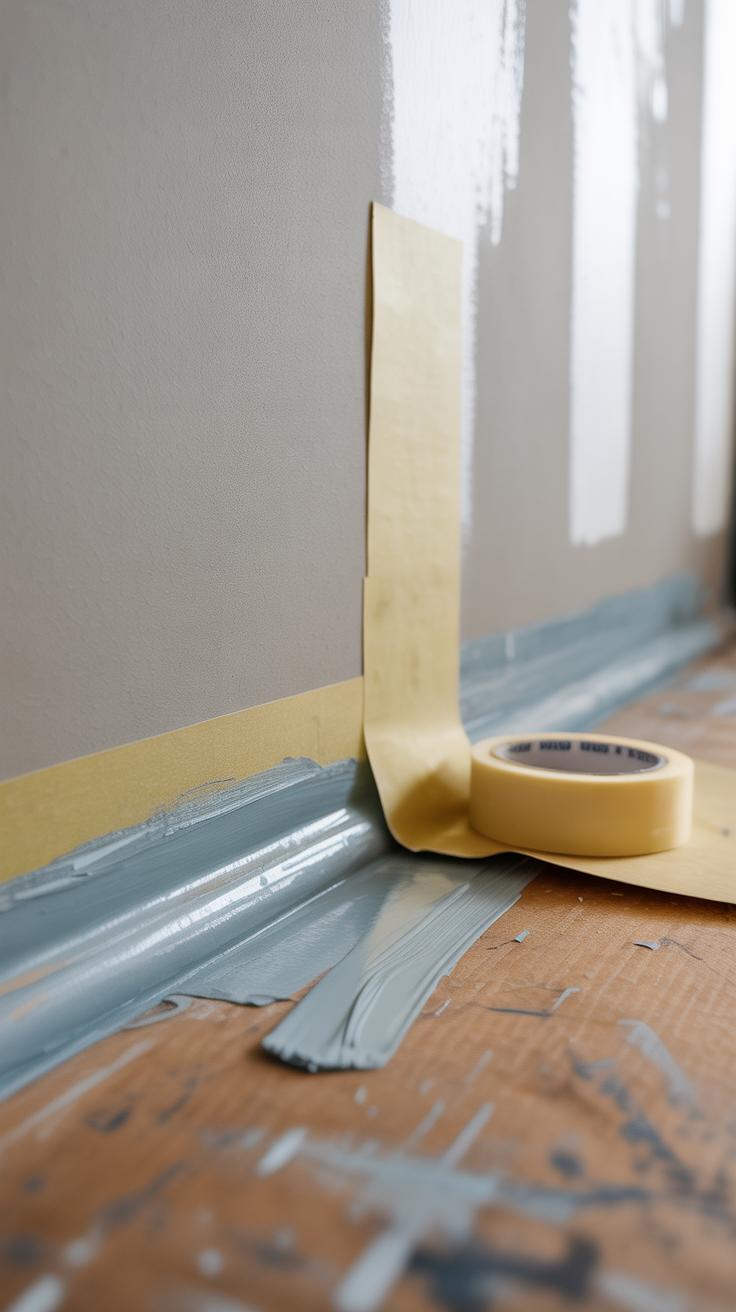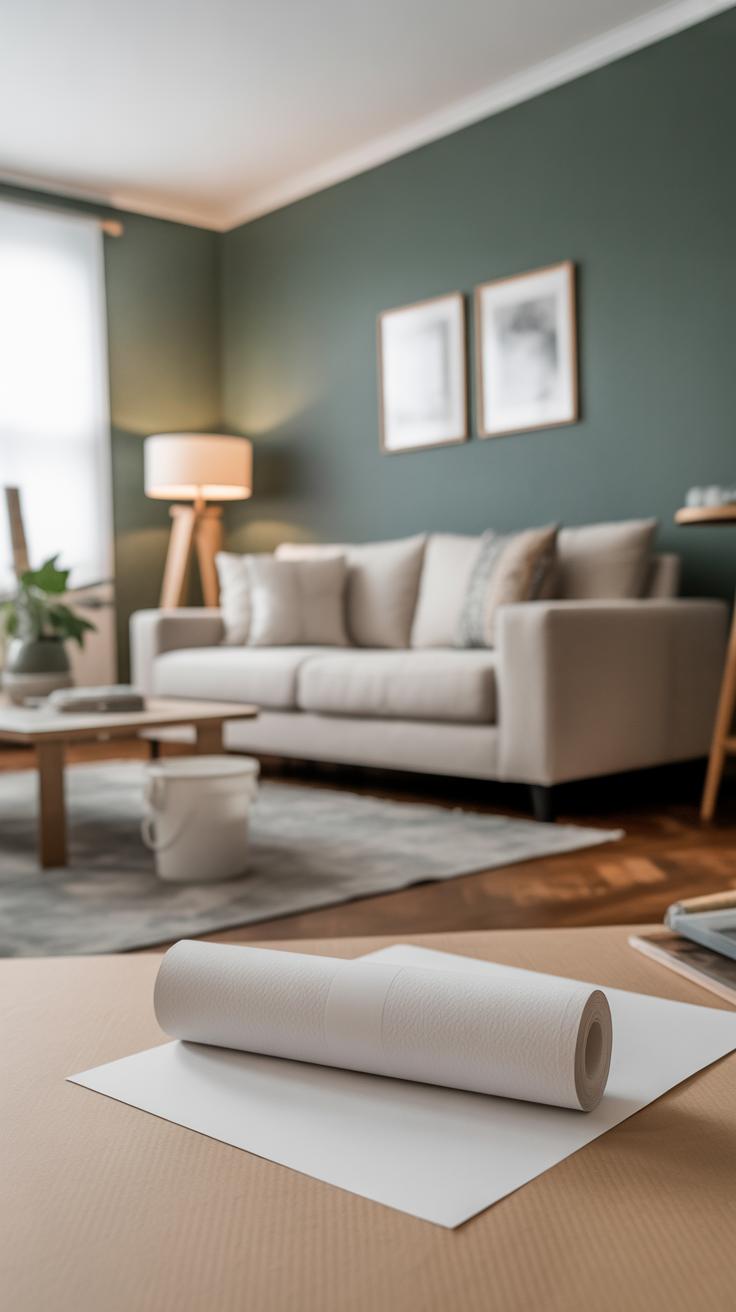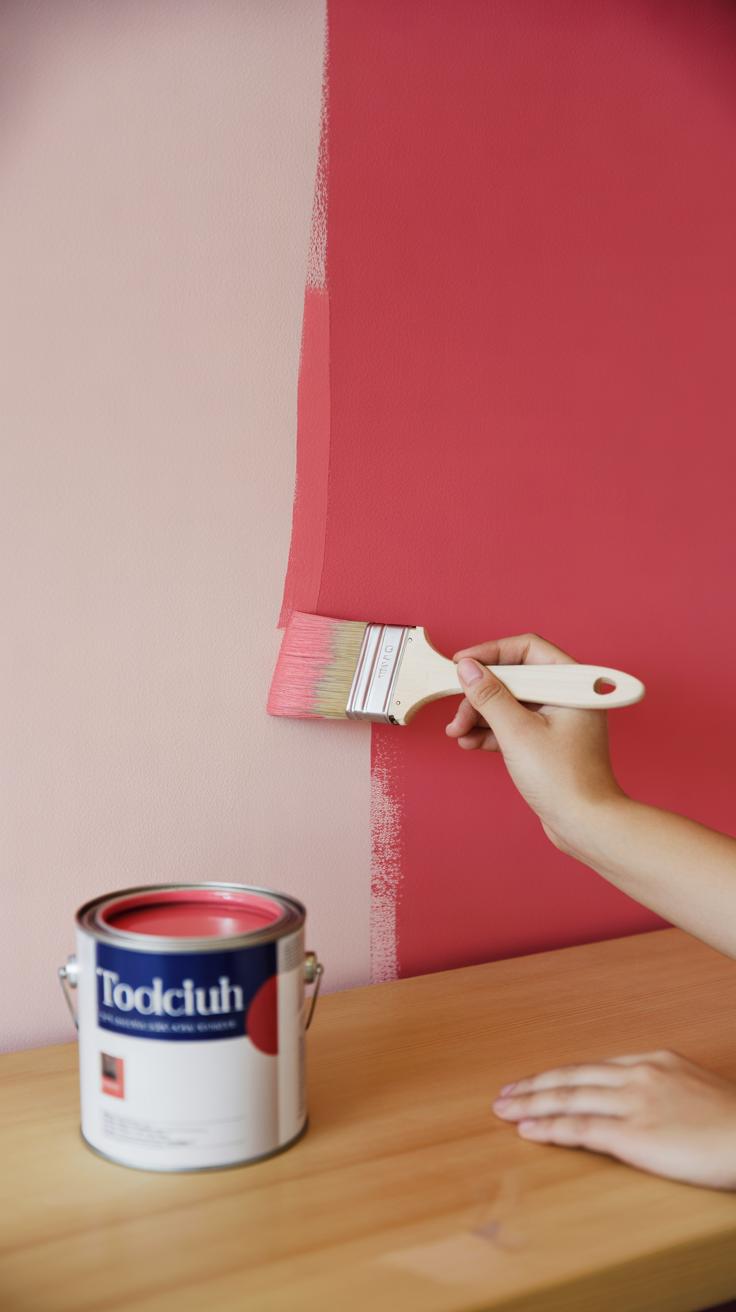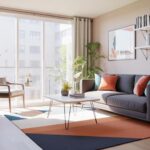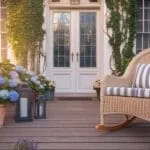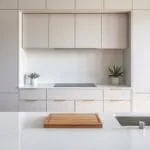Introduction
Accent walls offer a simple way to make your living room stand out. They break the monotony of uniform walls by introducing a different color or material on one wall. This creates a bold statement and adds character to your space. Accent walls highlight certain features and can make your living area feel fresh and inviting.
You can use colors, textures, or patterns to design an accent wall that reflects your personality. This article explores practical ideas and tips to help you choose the best accent wall for your living room. From picking the right wall and color to using different materials effectively, you will learn how to make your living room a space you enjoy and are proud to show off.
What Is An Accent Wall
Definition and Purpose
An accent wall is simply one wall in a room that’s treated differently than the others. Unlike the remaining walls that typically have a uniform color or finish, the accent wall stands out by using a different paint color, texture, or material. Its main role is to create a point of interest, drawing your eye to a specific area. It’s not just decoration for decoration’s sake—it adds depth and personality to a space without overwhelming it.
The accent wall acts like a statement piece in interior design. It can highlight an architectural feature or frame a focal point, like a fireplace or a large piece of art. Think of it as a way to steer attention intentionally within the living room. Sometimes, it’s about balancing out the room, other times just making one part feel special or unique.
How Accent Walls Affect Room Appearance
Accent walls change how you experience a room in surprising ways. They can make a space feel cozier or bigger, depending on the color or pattern you pick. Darker, richer tones might pull the wall closer visually, shrinking the space but adding warmth. In contrast, bright or bold colors push a wall forward, energizing the room and creating a lively atmosphere.
But it’s not only about size perception. Accent walls influence mood too. For example, a deep navy or forest green might give a sense of calm, while a fiery red or mustard yellow could add energy and spark conversation.
Sometimes, an accent wall can even help hide architectural flaws or unevenness, shifting focus where you want it instead of elsewhere. The effect is subtle, and maybe you don’t notice consciously, but it impacts how you feel in the living room over time.
In essence, an accent wall is a tool—simple but powerful—that changes the visual hierarchy of a room. If you use it thoughtfully, it can bring unexpected layers of character without needing to redo everything else.
Choosing The Best Wall For Your Accent
Picking the right wall for an accent can be trickier than it sounds. You want to find a wall that naturally stands out or can be made to stand out without feeling forced. Usually, the best candidates are larger walls because they give you more surface to work with. A tiny wall, no matter how bold the color or pattern, might just feel cramped or lost.
Think about the location, too. A wall opposite the main seating area often works well since it becomes a focal point when you enter or spend time in the room. But sometimes a side wall next to a window or fireplace could also do the job—if it highlights a feature or furniture piece you love. Speaking of which, walls that already pull attention because of a built-in shelf, a big piece of art, or even a large window usually serve as perfect accent walls. They give your accent something to interact with, not just a blank canvas.
On the flip side, avoid walls cluttered with doors, heavy furniture that presses against them, or areas that get little light. Dark corners or walls covered by busy wallpaper or patterns might not deliver the impact you hope for. Sometimes a bold wall there just ends up feeling heavy or overwhelming instead of striking. So, while you want attention, you also want the accent to invite it, not push it away or make the room feel smaller.
Picking The Right Color For Bold Statements
Choosing the right color for your living room’s accent wall is trickier than it seems. You want it to stand out, but also to feel like it belongs. Colors that clash with your furniture or flow awkwardly with other walls can throw off the whole room. So, think about contrast as well as harmony when picking a hue.
Using contrasting colors can really grab attention. For example, if the rest of your walls are light and neutral, a deep navy or forest green can pull focus like nothing else. Pairing such a strong color next to a beige or soft gray makes the accent wall pop visually, defining space and mood. On the other hand, if your furniture is already bold or colorful, you might want to choose something less overpowering on the wall so the room doesn’t feel too chaotic.
It’s also helpful to think about what you want your room to say about you. A burnt orange or mustard yellow might express warmth and creativity, while a charcoal or midnight blue feels more refined or calming. Your personal taste should guide the choice as much as any design rule. Ask yourself: does this color make the space feel like ‘me’? Sometimes, even if a color seems a bit unusual, it can work perfectly if it fits the atmosphere you want. Don’t be afraid to go with your gut.
Here are a few quick tips to consider:
- Test samples on the wall before committing—lighting can change everything.
- Think about the mood you want: energizing, calming, cozy, or bold?
- Consider any existing rugs, curtains, or artwork you love and want to keep.
- Remember, a color doesn’t have to cover the whole wall to make an impact—a partial accent can be powerful too.
Picking a bold color is about balance and making a choice that feels right for your space and style, even if it’s a bit unexpected.
Using Different Textures And Materials
When thinking about accent walls, most folks jump straight to color. But texture—it’s just as powerful, if not more so. Materials like wood, brick, or wallpaper can really change the feel of a room, bringing a tactile quality that paint alone can’t match. I’ve seen living rooms where a simple wooden panel wall transforms the whole vibe, making the space feel cozy without being dull.
Choosing the material depends a lot on your room’s style. If your space leans modern, sleek wallpapers with subtle textures can add interest without clutter. For rustic or farmhouse looks, rougher materials like reclaimed wood or exposed brick amplify warmth and character. You might even mix materials—a stone feature combined with smooth painted surfaces creates a contrast that’s quite engaging.
Think about how often you touch your walls indirectly—resting your arm on a windowsill nearby or placing furniture close—and how the texture affects that experience. Sometimes a textured wall invites you in, feels alive; other times it might seem overwhelming if not balanced well.
Wood And Stone For Natural Looks
Natural materials have an uncanny ability to give your living room a grounded feeling. Wood, for instance, adds warmth both visually and physically. It can be polished and refined or raw and rugged, depending on your taste. Stone, on the other hand, often brings a sense of permanence and strength, which might be perfect if you want your accent wall to feel solid and unchanging.
But natural isn’t just about tones or looks. There’s something about the imperfections in wood grain or stone surfaces that breaks the monotony of flat walls. They don’t have to steal the show. In fact, they often work best when they support the rest of your decor, creating a foundation rather than overwhelming it.
One time, I saw a living room with a wooden accent wall made from salvaged barn wood. It wasn’t perfectly even, and some pieces had knots and cracks, but that made the space feel lived in, authentic. Just remember, if you go natural, maintenance can be a thing—wood can warp or need refinishing, stone might need sealing.
Wallpaper And Paint Textures
Wallpaper isn’t just about patterns anymore. Textured wallpapers, from grasscloth to embossed vinyl, can bring a lot of subtle depth to a wall. The trick is to pick patterns and textures that enhance your room’s feel without making it too busy. For example, a soft, fabric-like texture can add warmth to a minimalist room, while a bold, geometric embossed pattern might make a modern space pop.
Textured paints are another way to introduce depth, especially if wallpaper feels like too much effort or commitment. They can mimic the feel of plaster, sand, or even stone. But, here’s the catch: application needs some skill, or the result might look patchy, which isn’t usually the effect you’re going for.
Think about lighting, too, because textured surfaces can cast tiny shadows that change throughout the day. This can be great for adding life to a wall—or frustrating if you didn’t plan it right. So, before you dive in, maybe test samples first, see how they look at different times.
Lighting Your Accent Wall Correctly
Lighting plays a huge role in how your accent wall comes across. It can either enhance the colors and textures or flatten them out, making the effort feel wasted. You might not realize it, but the same wall can look completely different depending on how you light it.
Using Natural Light To Enhance Colors
Sunlight changes throughout the day, and with it, so do the colors on your accent wall. Morning light tends to be cooler and softer, often making blues and greens pop subtly, while afternoons bring warmer, more direct sunlight that can deepen reds and oranges. You might notice that a wall you loved at noon looks washed out by evening—or maybe suddenly richer. Pay attention to how natural light interacts with your chosen shade before settling on it.
Position your accent wall where it can catch some sunlight if you want to emphasize color shifts, but if you prefer a consistent look, choose a wall that doesn’t get too much direct light. Balancing this can be tricky since rooms have different window orientations. Try watching your living room through different times of day for a few days before making decisions.
Adding Spotlights And Wall Sconces
Artificial lights give you control that sunlight can’t. Spotlights placed on the ceiling angled towards your accent wall can create dramatic shadows and highlight textures like brick or wood really well. Wall sconces, on the other hand, add a softer, more indirect glow that frames the wall and draws attention without overwhelming it.
- Consider adjustable spotlights—they allow you to change focus depending on the mood or time of day.
- If your wall has art or shelves, those lights can double as gallery lighting.
- Wall sconces work nicely on either side of the wall to create a balanced look, but asymmetry has its charm too.
- Be mindful of glare. Placing lights too close or at harsh angles might create unwanted reflection, washing out color instead of enhancing it.
Finding the right mix often involves some trial and error. You might start with just natural light and later add fixtures as your taste or needs shift. Lighting is both practical and artistic—but mostly, it’s about highlighting what you like best about your accent wall. Don’t hesitate to play around.
Furniture Arrangement Against The Accent Wall
Placing furniture near an accent wall can either highlight its boldness or unintentionally diminish it. You might think the best move is to push a large sofa directly against that statement wall, but sometimes pulling furniture slightly away creates the right breathing room, letting the color or texture really stand out. A low-profile console table or a slim bench works well here too, offering support without overwhelming the wall.
Try to let the accent wall lead the eye. For example:
- Position seating so guests naturally face or angle towards the wall, making it a visual anchor.
- Use lighter-toned pieces near darker walls to maintain contrast and avoid dulling the effect.
- Group accessories mainly on nearby furniture rather than cluttering the wall itself, keeping focus clear.
When arranging your layout, think of the accent wall as part of a larger story rather than a solo act. Balancing furniture placement means that the wall doesn’t dominate or fade into the background but lives comfortably with the room’s flow. Yet, it’s easy to get carried away with filling space, and that’s where overcrowding creeps in. Too many bulky pieces pressed against the wall can block its impact, or create visual noise that competes rather than complements. It’s tempting to add extra storage or seating, but restraint here usually pays off. What pieces can you live without?
Decorating Your Accent Wall
Your accent wall is more than just a splash of color; it’s a chance to inject personality and depth into your living room. Moving beyond paint or wallpaper, think about how you can layer interest with art, mirrors, or shelves. Each choice alters the vibe—sometimes subtly, sometimes dramatically.
Simple wall art ideas can do wonders here. For instance, a single large canvas with bold shapes or abstract forms can anchor the space without overwhelming it. Alternatively, a gallery of smaller framed photos or prints, arranged asymmetrically, might give a more relaxed, lived-in feel. I’ve seen people do well with mixing black-and-white portraits alongside colorful illustrations, which somehow balances quiet and excitement on the same wall.
Then there’s the option of shelves and mirrors. Floating shelves can hold small plants, books, or quirky objects, making the accent wall functional as well as pretty. Mirrors, on the other hand, do more than reflect light—they add breadth and can soften a bold color choice. A round mirror placed off-center or an oddly shaped mirror cluster breaks the monotony and can become a focal point itself. It’s odd sometimes how just a few well-chosen items change a wall from “there” to “wow.”
Common Mistakes To Avoid
Choosing Too Many Colors
It’s tempting to use a splash of every color you like on an accent wall. But, well, too many colors can quickly turn a bold statement into a confusing mess. When your accent wall tries to do too much, it loses focus. It ends up competing with the rest of the room instead of enhancing it.
Keeping your palette simple works best. One or two hues, maybe different shades of the same color, create depth without overwhelming the senses. Think about how a single strong tone can make your furniture pop or give the room a mood rather than distract.
If you want to bring in variety, consider texture or patterns instead of multiple clashing colors. It’s subtle, but effective. You don’t always have to shout with color; sometimes a quieter choice makes a bigger impact.
Ignoring Room Lighting
Lighting is often overlooked, but it’s crucial when you’re creating an accent wall. Poor lighting can flatten your design or make colors appear dull, no matter how carefully you chose them. A wall that looks striking at noon might become a dull patch in the evening.
Think about how natural and artificial light hits the space at different times. Does your wall get direct sunlight? Does the room have strong overhead lighting? These factors change everything. I’ve seen beautiful walls ruined just because the owner didn’t consider shadows or glare.
If lighting feels uncertain, test samples at different times of day. You might want to add lamps or adjustable fixtures to highlight the wall. Without proper lighting, your accent wall might fade into the background rather than stand out the way you hoped.
BudgetFriendly Accent Wall Ideas
Creating an accent wall doesn’t have to break the bank. In fact, some of the most striking features are crafted from simple, affordable materials. If you’re working with a tight budget, paint and wall stickers are probably your best friends. A fresh coat of bold paint instantly shifts the room’s mood without needing much skill or time. You can even try painting shapes or geometric patterns yourself. It’s surprising what a couple of cans of paint can do.
Wall decals or stickers offer a neat alternative. You might hesitate, thinking they look cheap, but there are many sophisticated designs nowadays. They peel off easily, so you can switch them out as often as you like. This flexibility means you don’t have to commit to a look that might grow tiring. I once used large leafy decals on a bland wall, and it completely changed the vibe.
Another intriguing approach involves DIY wall panels or repurposed materials. Think old wood pallets, fabric stretched over frames, or even cardboard cut and painted creatively. These add texture and dimension without costing much—sometimes just a few dollars for nails or glue. It takes a bit of effort and imagination but can give your space a unique, tactile appeal. Not every project will look perfect on the first try, but that’s part of the charm you might want. Would you rather spend on expensive tiles, or try crafting your own panels that reflect your personality more closely?
Maintaining And Updating Your Accent Wall
Cleaning And Touch Ups
Keeping your accent wall looking neat doesn’t require much effort, but some care goes a long way. Dust tends to settle even on textured or painted surfaces, so a simple wipe-down with a soft cloth or duster can prevent grime buildup. If you have a painted wall, small scuffs or marks can usually be tackled with a damp sponge and mild soap. For walls with wallpaper or special finishes, spot testing any cleaner first is a good idea—you don’t want to accidentally damage the surface you’re trying to keep fresh.
Touch-ups are useful if you notice fading or chips, especially when pets or kids are involved. Having a small sample of your original paint or material on hand makes quick fixes easier—painting over a tiny mark right away avoids a messy look over time. Keeping a consistent texture and color helps maintain that deliberate impact your accent wall is meant to create.
Changing Colors Or Materials Over Time
Your tastes might shift or the room’s style might evolve, and that’s okay. Maybe the bold navy you chose three years ago feels a bit heavy now, or the brick veneer you installed no longer matches your new furniture. Recognizing when the wall no longer fits your vibe can save the whole room from feeling dated.
If you decide to change the color, consider lighter tones or even textured paints for subtle shifts. When switching materials, like moving from wood paneling to a sleek plaster finish, think about the effort involved and whether you want the change to be dramatic or gentle. Often, updating an accent wall can feel like a fresh start. But sometimes, keeping elements from the old design can create a layered, interesting space instead of a full replacement.
Have you ever kept an accent wall longer than you intended just because you weren’t ready to paint? Sometimes living with a color helps you realize what truly works—or doesn’t. Either way, keeping your accent wall ready for change makes your living room more adaptable and inviting over time.
Conclusions
Accent walls are an easy, effective way to change the look of your living room. They add personality and interest with just one wall. By choosing the right wall, colors, and materials, you can create a space that feels unique and welcoming. Simple changes like repainting or adding texture make a real difference.
Remember, your living room is where you relax and gather with others. A well-planned accent wall helps set the mood and style of this important room. Consider your tastes, the room’s natural light, and how the wall fits with your furniture. The right accent wall will bring energy and charm to your home.

